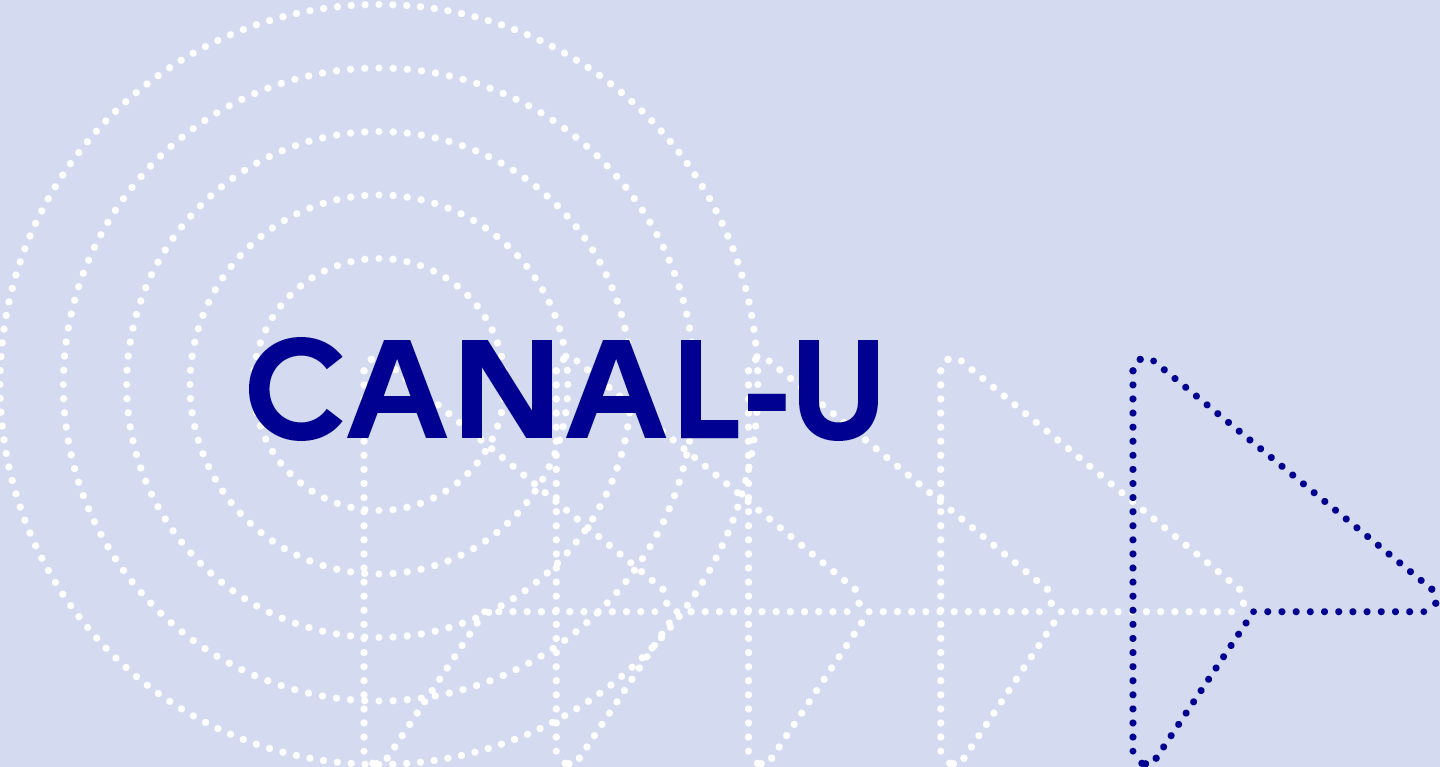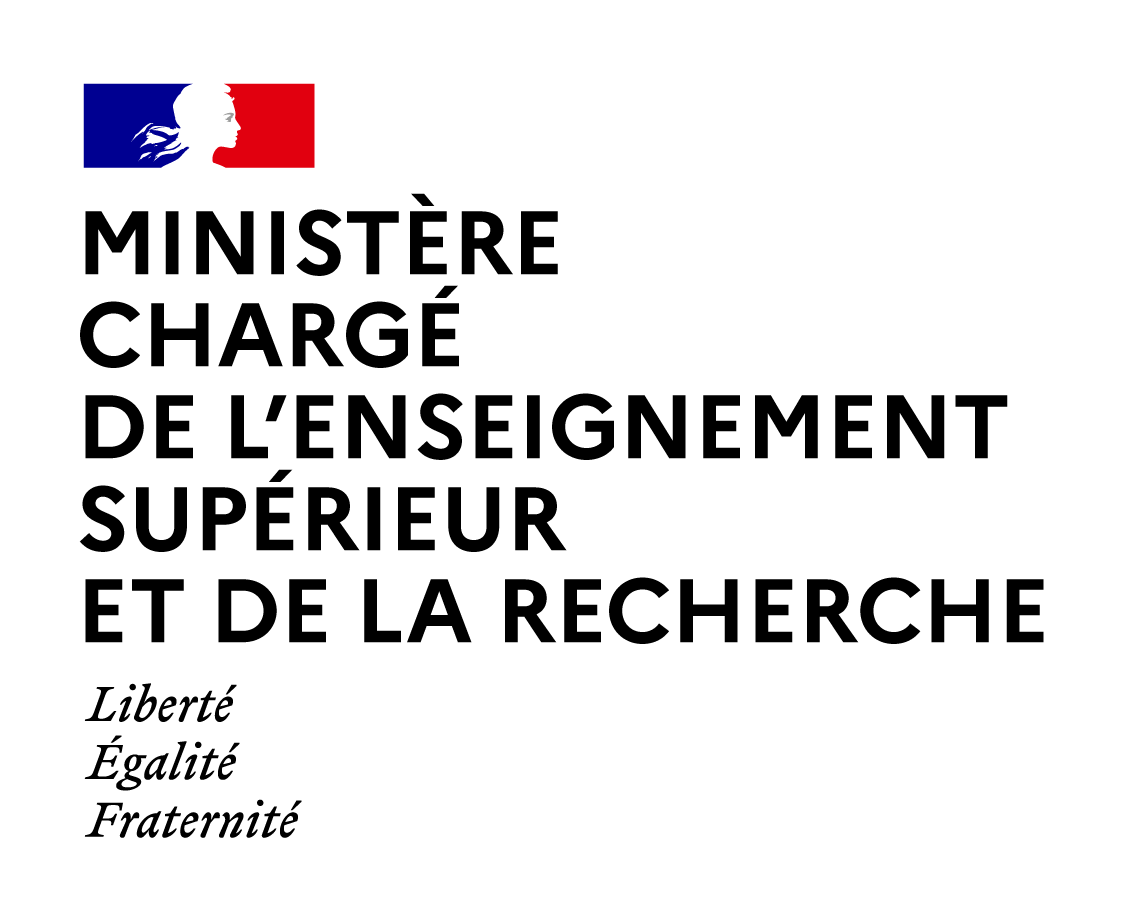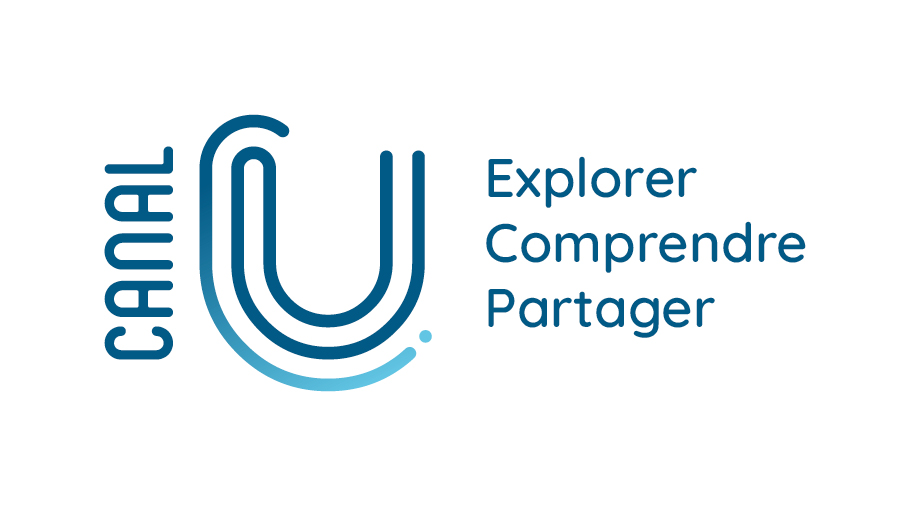
Sommaire
A new weapon against the tobacco industry : class action lawsuit using a novel epidemiologic parameter
Date de création :
10.11.2015Auteur(s) :
Jack SIEMIATYCKIPrésentation
Informations pratiques
Droits réservés à l'éditeur et aux auteurs. Creative Commons (BY NC)
Description de la ressource
Résumé
Epidemiology and public health Lawsuits against the tobacco industry, if successful, have the potential to compensate victims of smoking and to diminish the capacity of the tobacco industry to continue to function with impunity. Up to now, the only successful legal actions against Big Tobacco have been those brought on behalf of states or provinces to recover national health care costs associated with tobacco diseases, and those brought on behalf of individual victims, in which financial damages were sought. Class action lawsuits to recover damages on behalf of the huge numbers of victims have not previously been successful. The problem is that the tobacco industry has successfully argued that such a lawsuit requires a demonstration of “more likely than not” causation for each plaintiff. Depending on the jurisdiction, there may be many thousands or millions of incident cases annually, and it is impossible to bring them all into court individually to determine whether smoking was “more likely than not” a contributing cause of each case. Fifteen years ago, class action suit was launched in Quebec on behalf of all lung cancer patients whose disease was caused by cigarette smoking. The plaintiffs’ lawyers asked me to estimate how many cases of cancer were caused by smoking. This sounds like the classic attributable fraction in epidemiology. But upon refinement, the question became one that has not previously been addressed in epidemiology: What proportion of lung cancer cases in Quebec, if they hypothetically could be individually evaluated, would satisfy the “more likely than not” criterion? The novel methodology I developed is based on two stages. First I estimated the dose-response relationship between smoking and lung cancer, for which I use the pack-years as a measure of smoking. I define the amount of smoking that is required to induce a two-fold risk as the “critical amount” that makes it more likely than not that smoking contributed to the cancer. Depending on the model used and considering statistical variability, I estimated that the critical amount required to double the risk was somewhere between 5 and 12 pack-years of smoking. Then I had to estimate what fraction of Quebec lung cancer patients had smoked more than the critical amount. I estimated this to be over 90%. The Quebec trial, at which I testified and was cross-examined at length and criticized by a parade of defense witnesses, ended in 2014. The judge has made his judgement. He supported the plaintiffs. I will describe some aspects of the trial. Cette présentation a été donnée dans le cadre du BRIO SIRIC scientific day 3 organisé annuellement par le SIRIC BRIO et qui a pour but de réunir tous les acteurs du SIRIC BRIO et plus largement de la cancérologie à Bordeaux.
"Domaine(s)" et indice(s) Dewey
- Cancer (616.994)
Domaine(s)
- Cancérologie
- Maladies infectieuses, parasitaires et fongiques
- Médecine du sport
- Médecine du travail
- Médecine interne
- Médecine Militaire
- Médecine nucléaire
- Oncologie médicale
- Santé et médical
Intervenants, édition et diffusion
Intervenants
Édition
- Université de Bordeaux - Service Audiovisuel et Multimédia
Diffusion
Document(s) annexe(s)
- Cette ressource fait partie de
Fiche technique
- LOMv1.0
- LOMFRv1.0
- Voir la fiche XML




